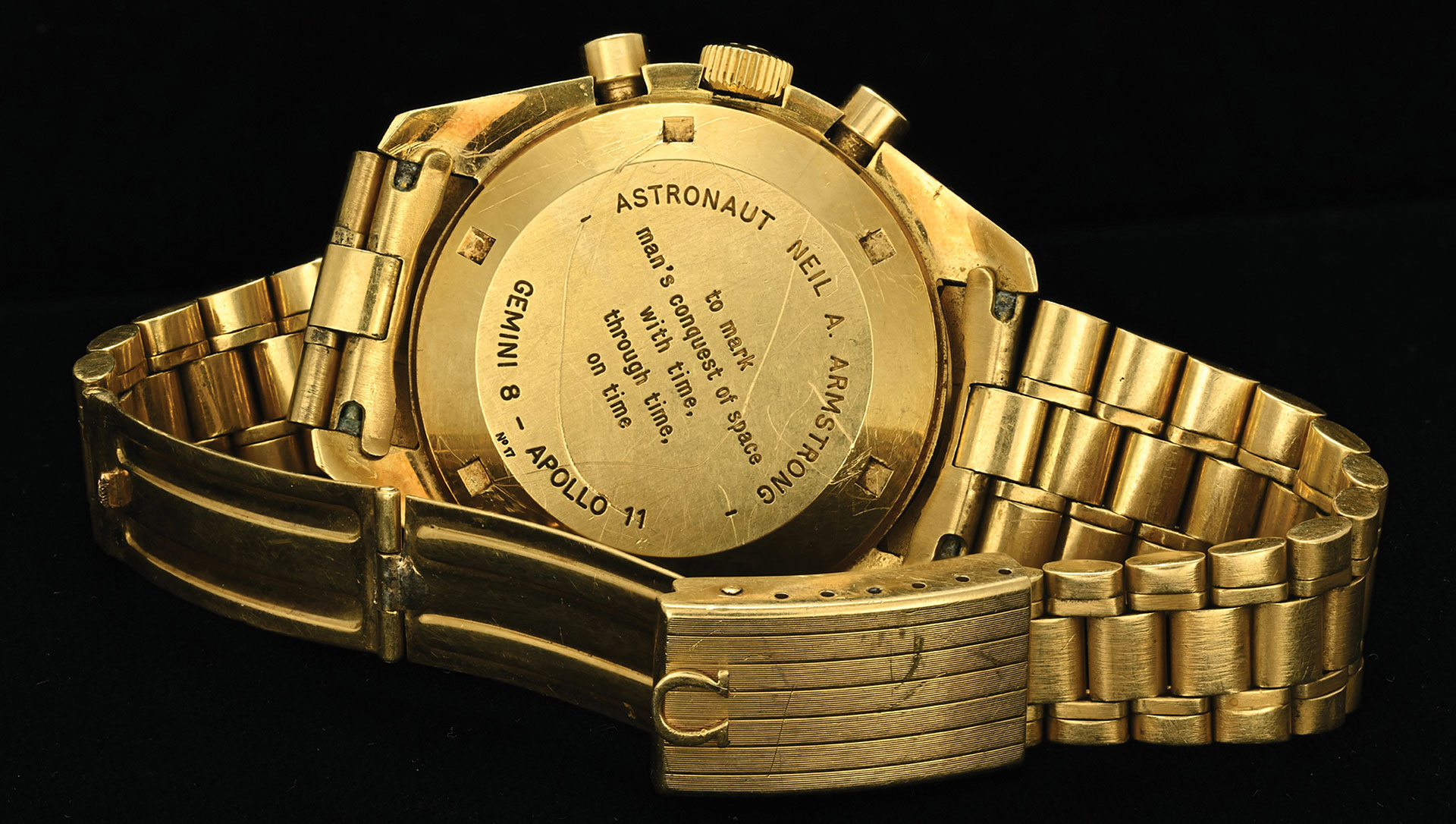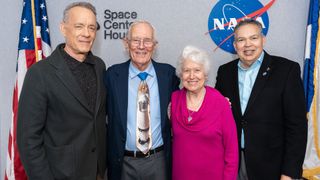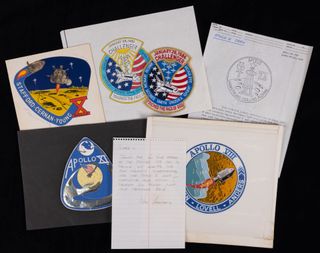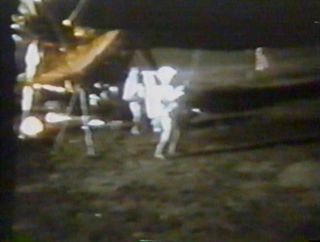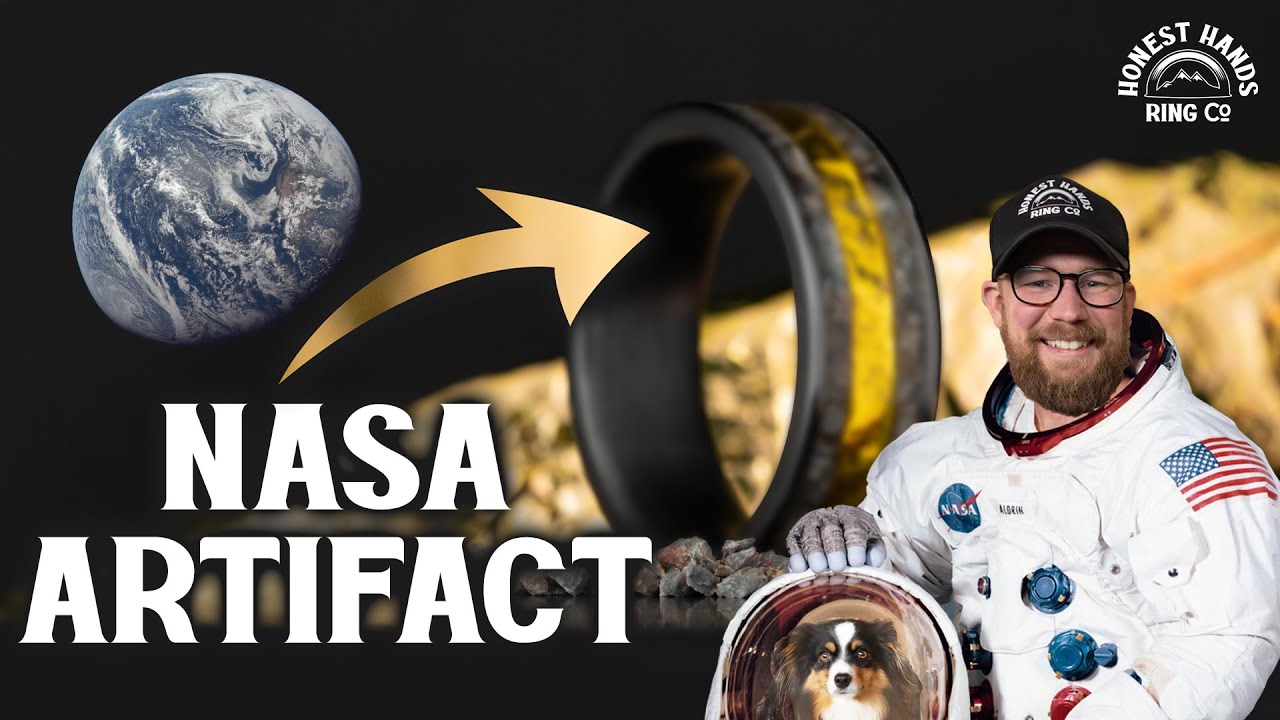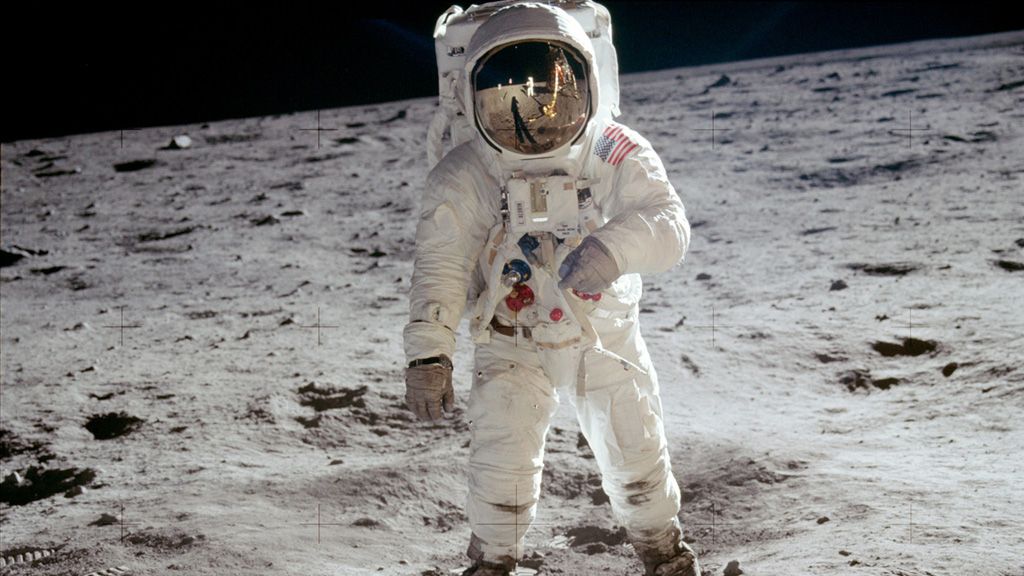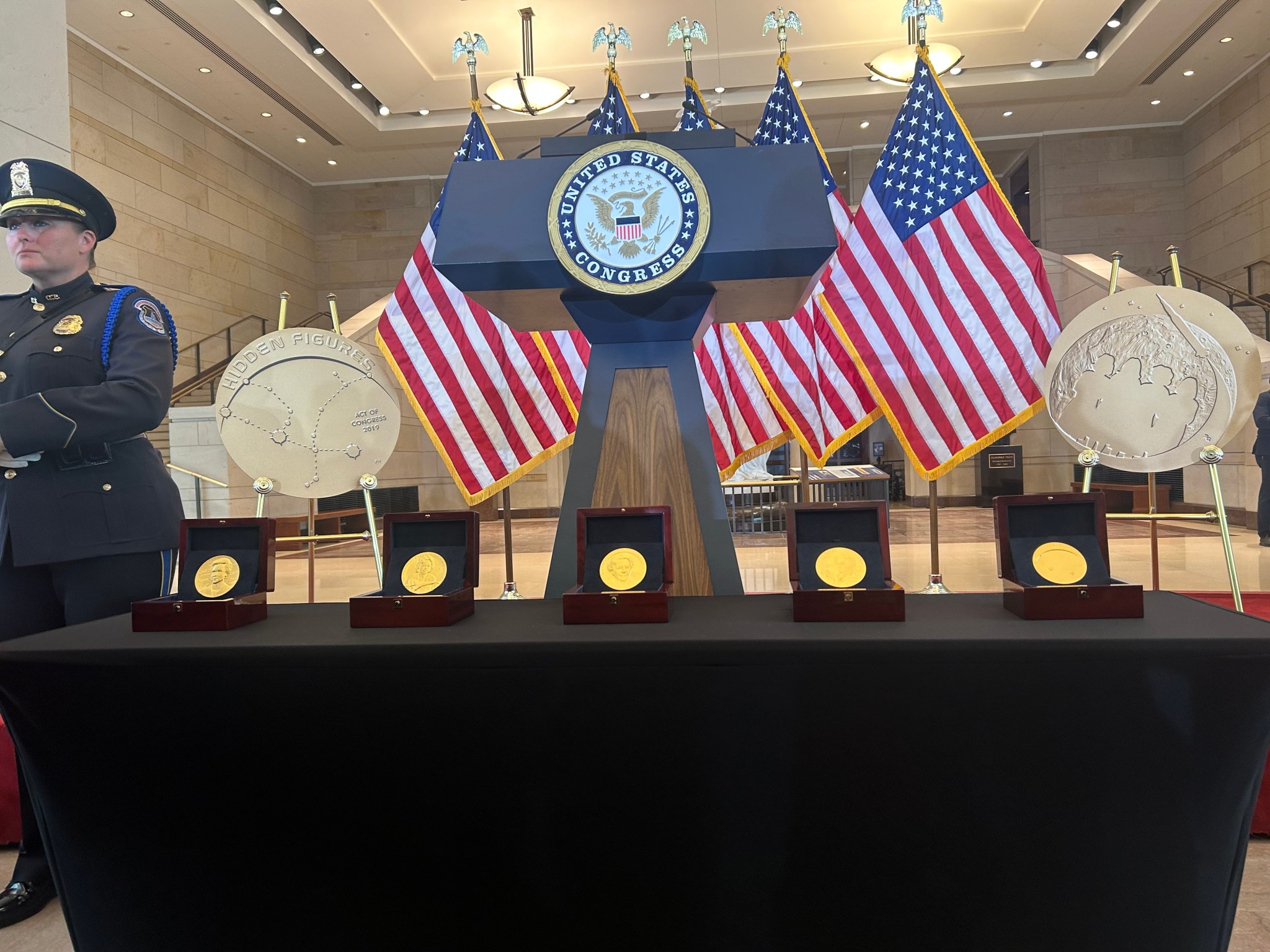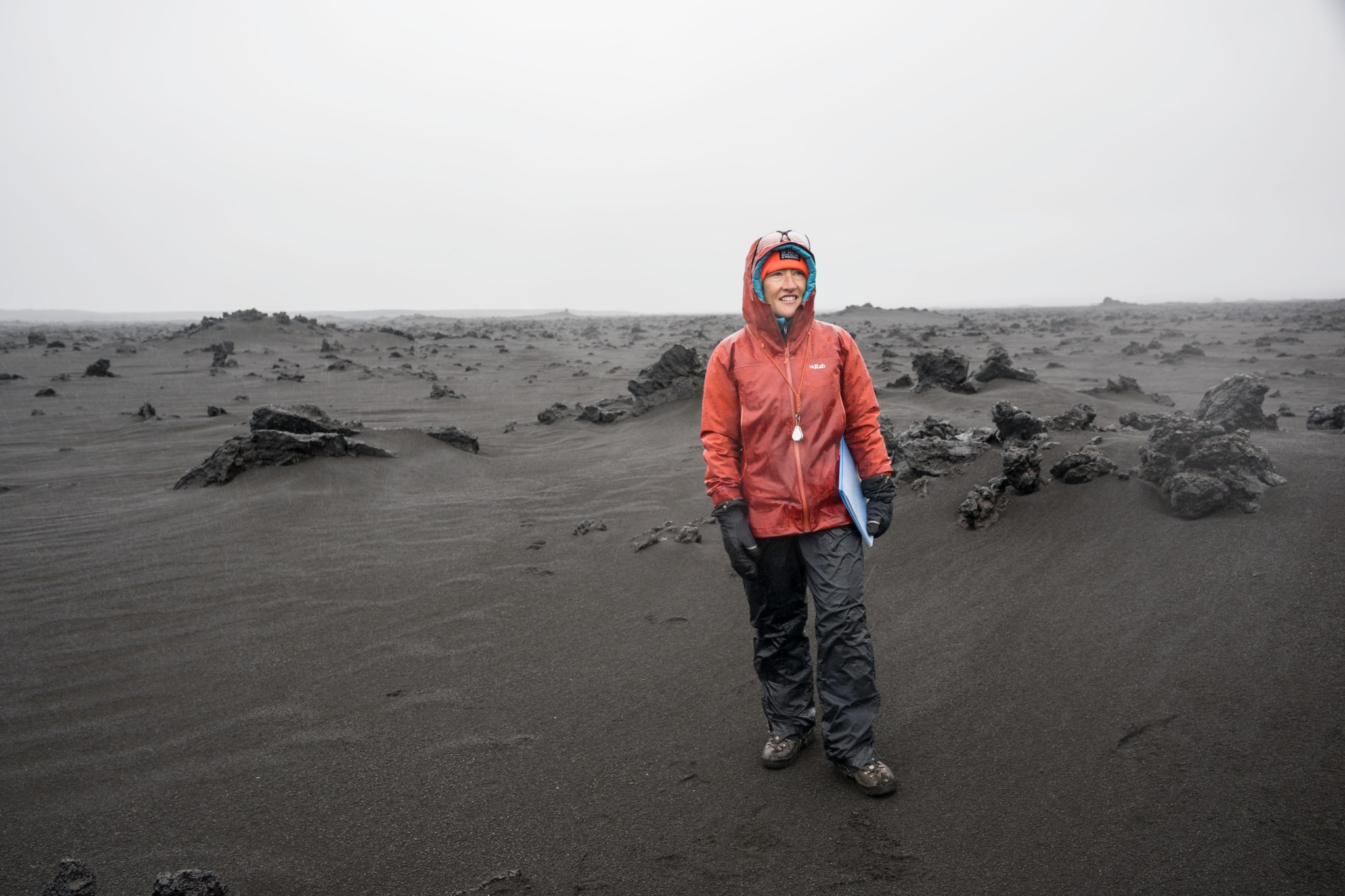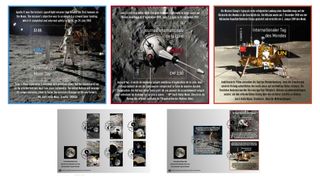A new record has been set for the most paid at auction for an astronaut’s timepiece. The 18-karat gold Omega Speedmaster that was presented to Neil Armstrong four months after he became the first person to walk on the moon in 1969, sold for a hammer price of $1.7 million on Thursday (April 17). With the auction house’s fees included, the total price for the chronograph was $2,187,500 — $280,546.25 more than the previous record set in 2022 by a nearly-identical gold Speedmaster gifted to Mercury, Gemini and Apollo astronaut…
Read MoreTag: Apollo
Tom Hanks at ‘Moonwalkers’ film premiere predicts getting busy on moon
Tom Hanks said he knows for certain there are two things that are going to happen in the future of space exploration. One, the day will come at some point when astronauts land on the moon and are greeted by other humans just like them, signaling that we have moved from the moon being a place we just visit to it being a home. The other — well, it is probably best to hear it straight from him. “Forgive my language, but someone’s going to get knocked up,” said Hanks,…
Read MoreAuction offers Neil Armstrong’s reply to NASA engineer’s Apollo 11 mission patch ideas
Neil Armstrong was appreciative, but as explained in his handwritten letter, it was too late. The Apollo 11 commander and his crewmates had already arrived at a design to represent the first moon landing. Armstrong’s note and the mission patch proposal that inspired it are up for auction in Goldberg Coins & Collectibles’ Feb. 27 public sale in Los Angeles. The emblem art and first moonwalker‘s reply are part of the Clark C. McClelland collection, an archive of astronaut autographs, cscale rocket models and flown memorabilia from the estate of…
Read MoreWhat brand of golf ball did Alan Shepard hit off the moon? The world may never know
Carlos Villagomez owns a golf ball that he believes was flown to the moon. If indeed it was, he may also hold the answer to a more than 50-year-old bit of trivia that otherwise may be forever lost to time. Villagomez was gifted the ball by Alan Shepard, the first American astronaut to fly into space, fifth human to walk on the moon and the world’s first (and to date, only) lunar golfer. Wrapping up his second of two moonwalks on NASA’s 1971 Apollo 14 mission, Shepard took a swing…
Read MoreIreland’s lost Apollo 11 moon rock traced from basement to fire in documents
New details about the small pieces of the moon gifted by the United States to Ireland in 1970 have now been unearthed. Unfortunately, the same cannot be said for the Apollo 11 lunar samples, themselves. The four moon pebbles, which were embedded in a single lucite ball and mounted to a wooden podium together with a small flag of Ireland that was flown on NASA’s first lunar landing, was one of 135 such goodwill presentations that the U.S. made to foreign countries following the Apollo 11 mission in 1969. Additional…
Read MorePiece of Apollo 11 spacecraft ‘lands’ in moon meteorite-lined wedding ring
For better or for worse, a small part of the Apollo 11 spacecraft will now be Jon Mesick’s to have and to hold for all the days of his life. The strip of golden thermal polyimide tape, which made the trip to the moon with the first astronauts to land there in 1969, is now the centerpiece of Mesick’s custom wedding band made by the Honest Hands Rings Company of Morrison, Colorado. The ring, which also incorporates lunar meteorite, is the focus of a newly posted online video that highlights…
Read MoreApollo 11 moonwalker Buzz Aldrin endorses Trump for president
One of the United States’ most famous space explorers is backing Donald Trump for president. Apollo 11 astronaut Buzz Aldrin, the second person ever to walk on the moon, endorsed Trump in a statement today (Oct. 30), less than a week before the Nov. 5 presidential election. “Over the years, I have seen our government’s approach to space wax and wane, a fluctuating dynamic that has disappointed me from time to time,” the former moonwalker wrote in the statement, which was released by Buzz Aldrin Ventures LLC. “But under the…
Read MoreNASA Shares Hidden Figures Congressional Gold Medal Remarks
On Sept. 18, 2024, five Congressional Gold Medals were awarded to women who contributed to the space race, including the NASA mathematicians who helped land the first astronauts on the Moon under the agency’s Apollo Program. Credit: NASA NASA Administrator Bill Nelson released his remarks as prepared for Wednesday’s Hidden Figures Congressional Gold Medal ceremony in Washington. The awards recognized the women who contributed to the space race, including the NASA mathematicians who helped land the first astronauts on the Moon under the agency’s Apollo Program. “Good afternoon. “The remarkable…
Read MoreNASA’s Artemis II Crew Uses Iceland Terrain for Lunar Training
4 Min Read NASA’s Artemis II Crew Uses Iceland Terrain for Lunar Training Credits: NASA/Trevor Graff/Robert Markowitz Black and gray sediment stretches as far as the eye can see. Boulders sit on top of ground devoid of vegetation. Humans appear almost miniature in scale against a swath of shadowy mountains. At first glance, it seems a perfect scene from an excursion on the Moon’s surface … except the people are in hiking gear, not spacesuits. Iceland has served as a lunar stand-in for training NASA astronauts since the days of…
Read MoreUnited Nations marks Apollo 11 55th with international moon missions stamps
Photos of the moon captured by American, Russian, European, Japanese, Indian, Korean and Chinese spacecraft are the subject of new United Nations (UN) postage stamps commemorating the 55th anniversary of the NASA‘s Apollo 11 lunar landing mission. The UN Postal Administration (UNPA) will release six se-tenant postage stamps and three souvenir sheets on Saturday (July 20) to celebrate International Moon Day. Since 2021, the UN has recognized the day that astronauts Neil Armstrong and Buzz Aldrin walked on the moon “to raise awareness about the commitment to sustainable lunar exploration…
Read More